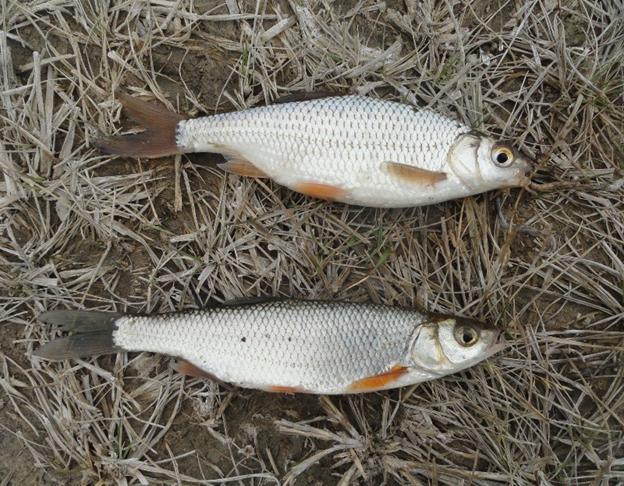Alen Shakirov
Other projects
The overall goal of the project is to clarify the modern status of indigenous ichthyofauna in watercourses of the Lake Balkhash basin, identify key territories and habitats and determinate main threats. The research will be based on the results of scientific studies and analysis of fish sampling. Subsequently, based on the data listed, series of publications and maps will be collected in order to provide further researchers with relevant material for work.
The project will familiarize the general public with the problem of indigenous ichthyofauna loss in South-East of Kazakhstan, and will pay attention of various stakeholders, including local authorities and communities, business and NGOs to the issue.
The mission of the project is to prevent total extinction of endangered species of endemic fish, to show the importance of river ecosystems for the life of nature and people, and to strengthen their special status in the public mindfulness. This part of our work will be implemented through the provision of information in an accessible and understandable form, and raising awareness and environmental education of the country's population.

At present, rivers, creeks and intermittent watercourses in the Almaty region of Kazakhstan meets serious environmental challenges: pollution by wastewaters, increased water intake, deforestation of floodplain forests, and emergence of spontaneous landfills, which leads to the extinction of indigenous species of animals (mainly fish). In addition to the above, the negative impact is exerted by introduction activities and uncontrolled poaching.
In this regard, there is an emergent need to determine the status of indigenous species, modern habitats, and to develop recommendations and action plans on how to improve the situation and preserve endangered fish species of the South-East Kazakhstan.
We are planning the definition of modern ranges of endemic fish, development of recommendations for the conservation of endangered fish species.
Nonindigenous fish species, previously not enumerated as found in Kazakhstan, will be described and added to database. For all registered species, a photo base will be created.
We plan to identify areas with increased, unjustified water intake, or illegal hydroengineering, with subsequent notification of environmental inspection. Many large tributaries of the Ili River have been waterless for a long time. Besides, when irrigation of fields, fish protection devices are not applied, which leads to mass perish of juvenile fish; within the framework of project, we are about to determine these locations and to inform fishery protection authorities.
In the process of the survey, the juvenile fish caught in the drying up section of the rivers, will be moved to safe watercourses.
The database on indigenous species locations, habitats and status will be updated, and a map of these species distribution (such as different habitat types, critical areas and other important information) will be created.